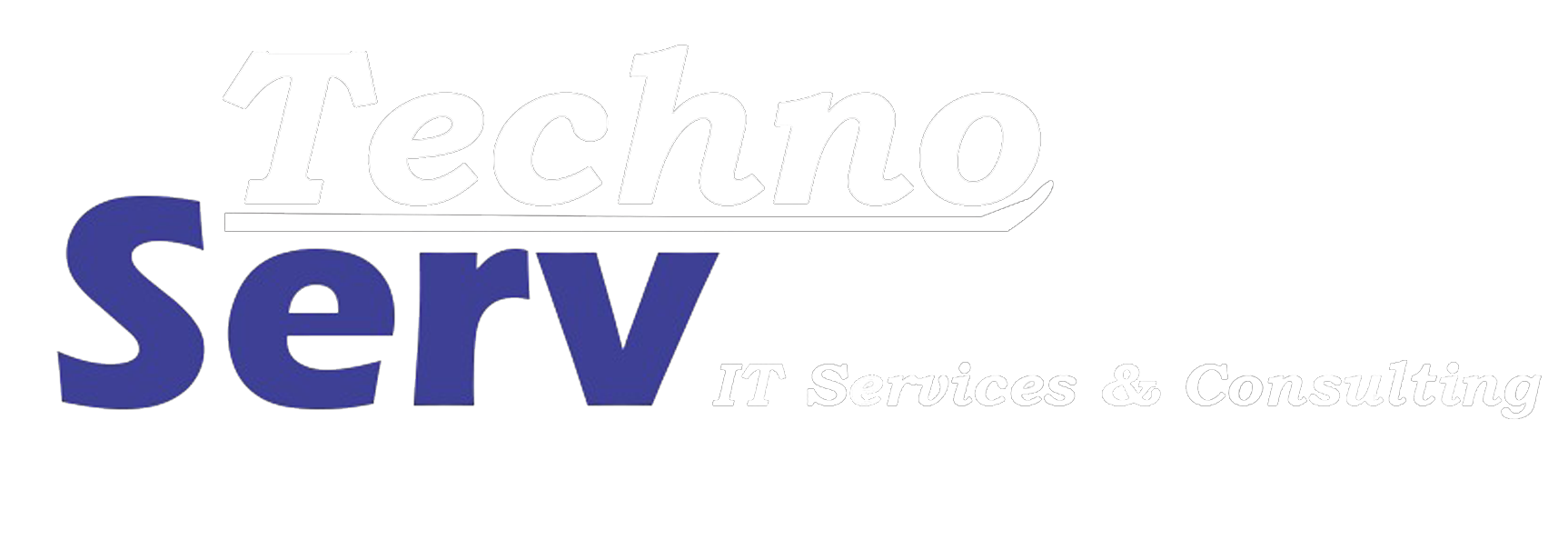Introduction
In today’s fast-paced digital landscape, efficiency is a paramount concern for businesses striving to stay competitive. With the rapid growth of technology, IT professionals find themselves managing increasingly complex systems and data, often burdened with repetitive, time-consuming tasks. IT automation tools have emerged as powerful solutions to streamline operations, reduce errors, and maximize productivity. In this article, we will explore the concept of IT automation and how it can help organizations achieve operational excellence.
Understanding IT Automation
IT automation involves the use of technology to execute tasks, processes, or workflows with minimal human intervention. It encompasses a wide array of activities, from simple tasks like data backups and software updates to complex processes such as infrastructure provisioning and security monitoring. Automation tools can be categorized into various domains, including:
- Scripting and Configuration Management: Tools like Ansible and Puppet enable the automatic configuration of servers and network devices. These tools ensure that all systems are set up consistently, reducing configuration errors and saving time.
- Orchestration: Orchestration tools like Kubernetes and Docker Swarm help manage and scale containerized applications efficiently. They automate the deployment, scaling, and load balancing of containers, facilitating a streamlined development and deployment process.
- Monitoring and Alerting: Solutions like Nagios and Zabbix automate the monitoring of IT infrastructure, generating alerts and taking predefined actions in response to issues. This prevents downtime and ensures system reliability.
- Security and Compliance: Automation tools like Splunk and Ansible can continuously scan for security vulnerabilities and enforce compliance policies across the organization. This reduces the risk of security breaches and non-compliance.
- Workflow Automation: Tools such as ServiceNow and Microsoft Power Automate help automate routine business processes, such as ticketing, approvals, and document management. This frees up employees to focus on more valuable tasks.
The Benefits of IT Automation
Maximizing efficiency with IT automation tools comes with numerous advantages:
- Time Savings: Automation reduces the time required for manual tasks, allowing IT professionals to focus on strategic activities that drive innovation and growth.
- Reduced Errors: Human error is a common cause of IT issues. Automation minimizes the risk of errors by ensuring consistency in configurations and processes.
- Cost Savings: Automation reduces labor costs and operational expenses by optimizing resource usage and minimizing downtime.
- Scalability: Automation tools can scale operations seamlessly to accommodate growing workloads, making them well-suited for businesses of all sizes.
- Improved Security: Regular security scans and automated compliance checks bolster the organization’s cybersecurity posture.
- Enhanced Collaboration: Workflow automation fosters collaboration by streamlining communication and approval processes, making it easier for teams to work together.
Best Practices for Maximizing Efficiency with IT Automation
To harness the full potential of IT automation tools, consider these best practices:
- Assess Your Needs: Start by identifying the most time-consuming and repetitive tasks in your organization. Prioritize automation efforts based on their potential impact.
- Select the Right Tools: Choose automation tools that align with your specific needs and goals. Consider factors like ease of integration, scalability, and community support.
- Training and Documentation: Ensure that your IT team is well-trained in using automation tools. Create comprehensive documentation to facilitate knowledge transfer and troubleshooting.
- Testing and Validation: Always test and validate automation scripts or workflows in a controlled environment before deploying them in production to avoid unintended consequences.
- Continuous Improvement: Continuously monitor and refine your automation processes to adapt to changing business requirements and emerging technologies.
- Security and Compliance: Implement automation for security and compliance to safeguard your organization from vulnerabilities and regulatory issues.
Conclusion
In a world where time is money, IT automation tools provide a lifeline to organizations seeking to maximize efficiency, reduce operational costs, and improve overall performance. By leveraging the right automation tools and best practices, businesses can free their IT professionals from mundane tasks, allowing them to focus on driving innovation and strategic growth. IT automation is not just a luxury—it is a necessity for those aiming to thrive in the digital age.







